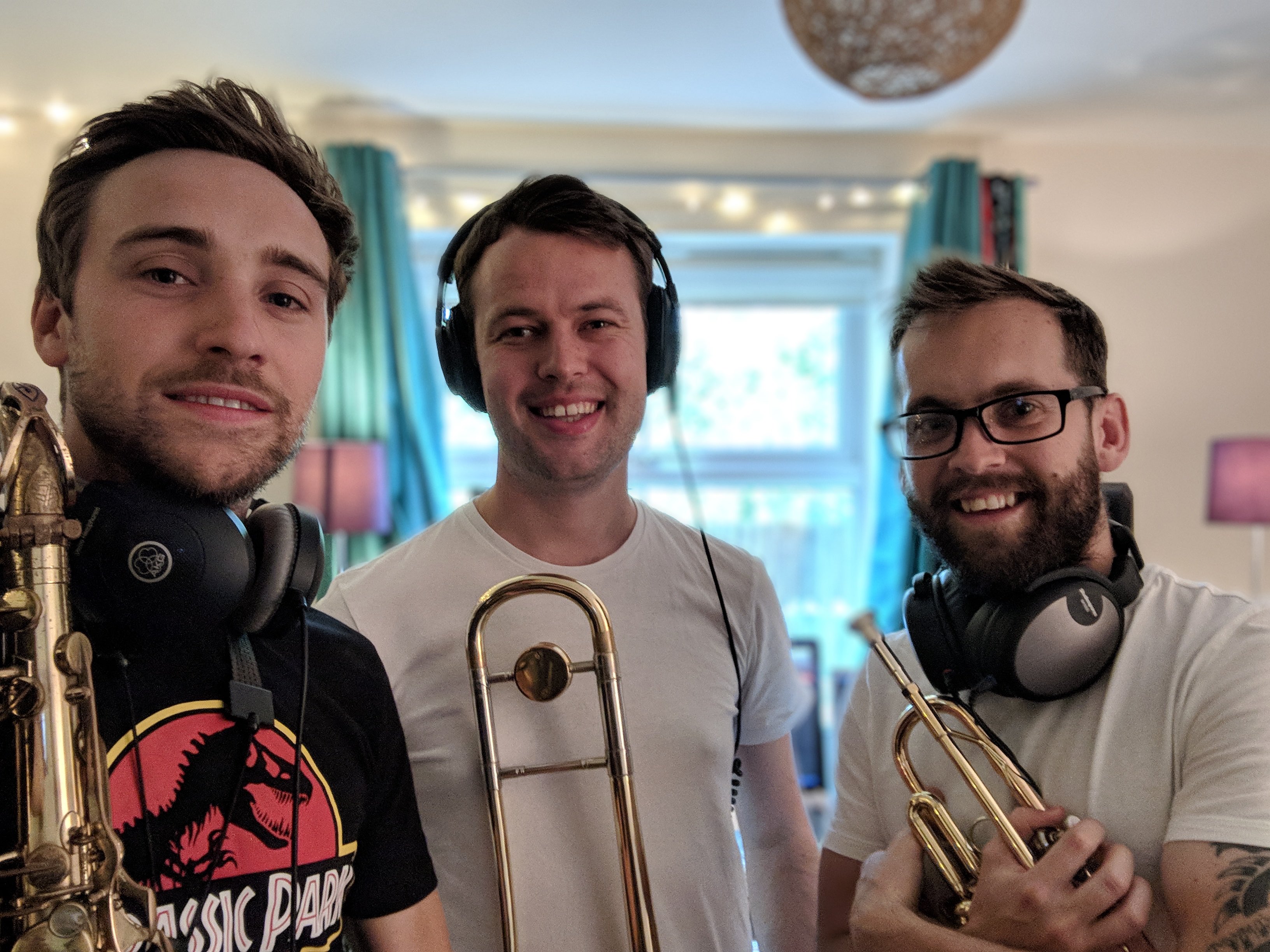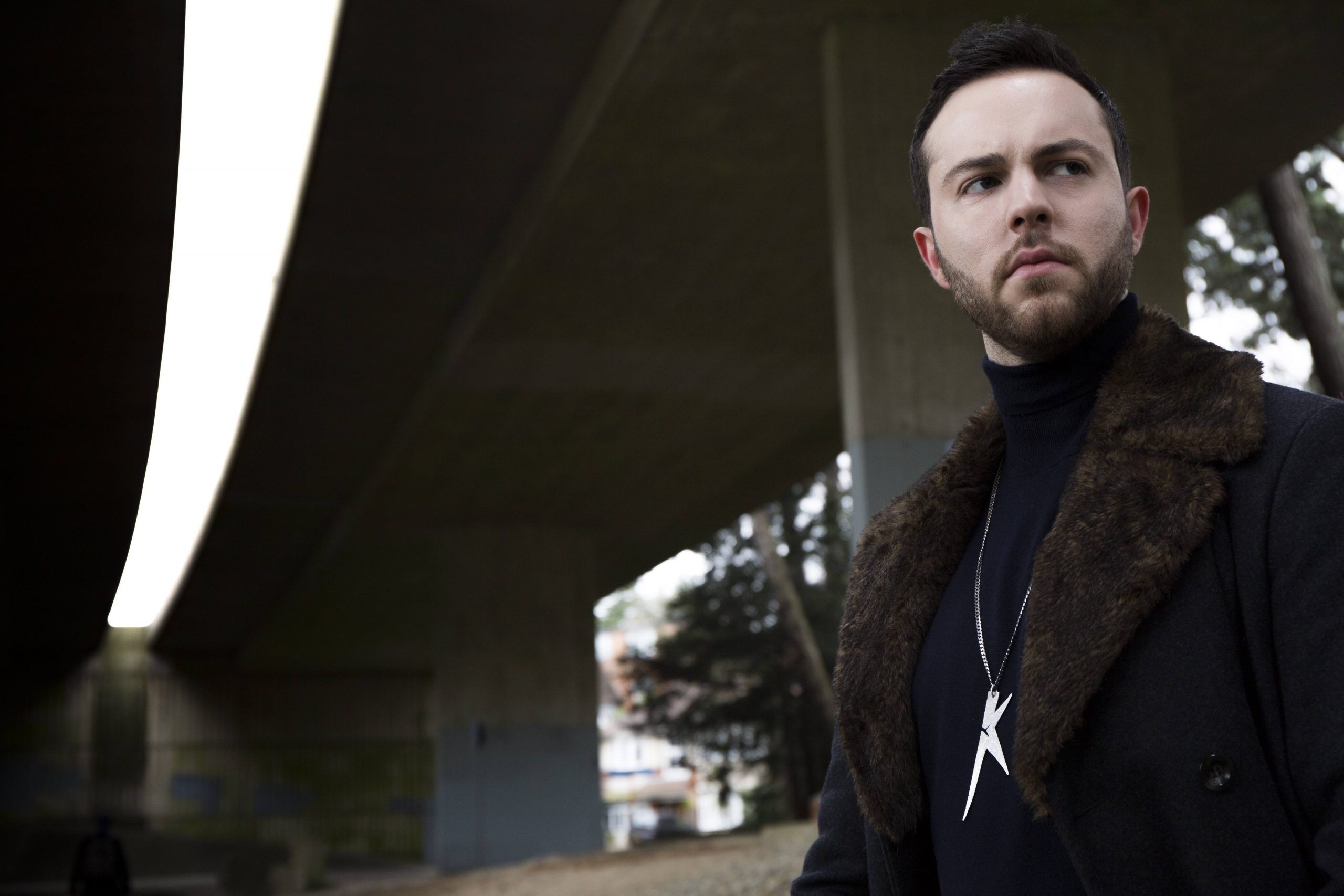
Every day there is more music in the world. Millions of songwriters, artists and instrumentalists are creating 24/7. With platforms such as Spotify, YouTube Music, Apple Music and more, billions of people across the world have instant access to over 30 million songs only a few taps away.
A large majority of those people may listen to a song, enjoy it and then listen to the next, and the next, and the next. You get my drift. But how many of these people think about the creative process from the moment of inception in an artist’s head? Have you ever thought about how “Survivor” started out? How it was written, recorded, mixed, mastered? I’d bet your answer is ‘probably not’!.
This article aims to inform you about just one part of the creative process involved in the process of writing and recording of a new track.
What Goes Around Comes Around
Listen to a selection of hits from the 70s and 80s and I guarantee a lot of the tracks will be infused with horn section power lines – Chic, Earth, Wind & Fire, Chaka Khan, Rufus, George Michael, Sade (I could go on!). As time went on there was an electronic revolution where more software instruments and synthesisers started to take a stronghold in music. This was due to the unique sound that had never been heard before.
Live horns became less prevalent and were replaced by sounds that could be created in the studio which offered endless possibilities. Because of this, the previously heavy use of live horns took a decline due to a number of reasons: Practicality, stylistic changes of the time and the age old classic – cost!
In the last ten years however, horns have started to see a resurgence and are making their way back into mainstream music, and we are just one of the many sections around the world that provide our sound to artists from our studios.
The Process
It usually starts with an email or a phone call asking if the section are available to put some horns over a new track. The likelihood is ‘yes we are’: We have three studios we can use, and if we’re away or on the road, our trusty gear is always at hand to make sure we can get those urgent tracks down!
The first thing we do is to find out as much about the project as we can: ‘Is the artist signed to an indie or major label? Do you need us to write the parts we play? How quickly do you need the recording?’ are just some of the questions we ask.
When we know the answers to those questions we can discuss fees. In some respects, this is the hardest part of the entire process: We have our standard base fees for a project, but some tracks demand much more or much less than others.
Emails fly back and forth over a few days (I can’t say enough how much better phone calls are in these situations!) and eventually we’ll know everything we need to, and a fee will (usually) be agreed on which gives us the green light.
Next, the track(s) will be sent to us along with any notated music and ideas, or none, in which case we will write horn lines that we think sound good over the track. The writing process is usually a collaborative job for the three of us.
Unless there is a tight deadline, we’ll split the different tracks between us, write ideas, get together in the studio and play through, share ideas with each other and adapt things to get the best results; Factors such as dynamics, articulations, harmonies are the foundation of getting the best sound we possibly can. If we are all on the same page before we record the first note, the whole process is much more efficient and garners the best results.
If we have written the music, we then record some rough demo ideas and send them back to the artist/producer to see what they think. They will usually have a couple of things they would like to change around so it also matches what their vision of the track is.
We’ll talk with them either straight away or over a couple of days (again – phone calls rule!) and then get the ‘final’ parts recorded onto the track. If we have been provided the music to play, this is usually recorded, double-tracked and sent back within the day.
When all of the recording is done, we send over the recorded horns to the producer completely ‘dry’, which means free from any effects such as reverb, delay, EQ so that they can do what they want to them to make them fit the sonics of the full track.
When our part is over, it can take weeks or months until you hear the final product.
Sometimes the producer drops you a message to say when it’s being released along with a final mix to check out, other times you see or hear the track on radio or social media and think ‘Oh yeah, that’s us!’.
Words by Triple H Horns // Follow Them on Instagram





